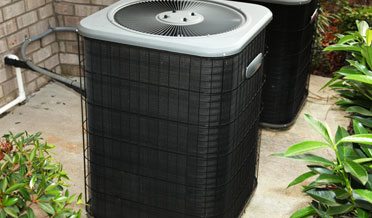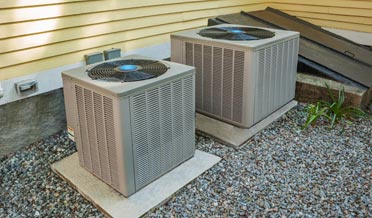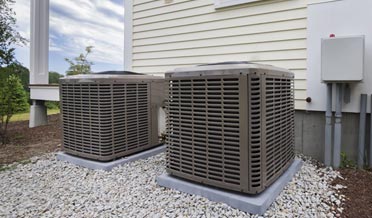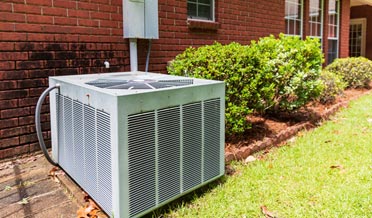From Panic to Plan: Navigating Your Next AC Repair
Coming home from work or waking up to a failing HVAC system can leave a homeowner with several moments of initial panic and frustration. The most likely outcome might appear to be a lengthy, uncomfortable wait and/or an expensive AC repair or AC replacement. After the initial adrenaline rush passes, take a deep breath and begin an investigation of potential problems. Then, you can determine solutions and the best way forward.
Recognizing Potential AC Repair Issues
If the system has no power and will not come on, check for these possibilities first:
- Check the circuit breaker panel. You have probably needed to access this panel before. Identify the breaker marked Air Conditioner or AC. Is it in the ON or OFF position? If it is in the OFF position, turn it completely OFF and then turn it completely ON. Wait a few minutes to let the system recover; a cooling cycle should begin in the first five minutes.
- If the circuit flips OFF again, do not flip it again. The breaker is a safety device, and something dangerous is causing the breaker to trip.
- If the circuit is ON, but the air conditioner is not completing cooling cycles, check the thermostat. The thermostat is the ON/OFF switch, using a temperature sensor to call for cooling. Is the setting turned to COOL? Is the temperature setting at least 5 degrees warmer than the room temperature? After changing the settings, a cooling cycle should begin in about five minutes.
- If neither of these solutions restores cooling, place a call to your trusted AC contractor.
If the system has power but is not producing cool air, look for these problems first:
- Check the air filter. A dirty filter can diminish airflow into the air handler cabinet, reducing the cooling capacity of the system. If the filter is dirty, replace it, wait five minutes, and monitor the thermostat for any changes.
- If the air filter does not appear to be the issue, begin making observations. Is the system buzzing loudly? Notice the location, turn the system OFF, and do not touch anything. This prevents further damage to the air conditioner and any harm to you.
- Observe any pooling water or ice built up on the tubing; don’t forget to check the condenser unit outdoors, the air handler indoors, and the tubing that travels between the two components. If this tubing is covered by wall or ceiling, look for any wet spots in the drywall. Do not try to remove the ice, since this can cause further damage. Dry up any standing or leaking water to prevent further damage to home surfaces. Turn the system off and call a technician.
Further AC Repair Observations
There are some basic bits of information that can help you and your AC repair technician.
- Determine the brand(s) of the major components. The condenser unit and the air handler portions of the air conditioning system are usually manufactured by the same company, but strange things happen. Document what you see.
- Find the Serial Number/Model Number plate on components, specifically the condenser and indoor cabinets. Armed with this information, you can determine the year of manufacture and probably the size of the equipment. The year of manufacture can help determine how long the system has been in service. The size will be expressed in Tonnage measurement, which seems odd, since the equipment is made of aluminum and is generally quite lightweight. However, these figures will be very helpful to the technician who services, repairs, or replaces your equipment.
Mullinix AC: Your Go-To for Expert AC Repair in College Station
When faced with an unexpected AC repair issue, a calm and methodical approach to troubleshooting can often identify simple fixes. However, for complex problems or when safety is a concern, professional AC repair is essential to prevent further damage and restore your comfort. For reliable and expert AC repair services in the College Station, Texas area, trust the experienced technicians at Mullinix AC to get your system running smoothly again.
For more information about R.M. Mullinix and our AC repair College Station services, schedule an appointment or visit our AC repair and maintenance information page.










